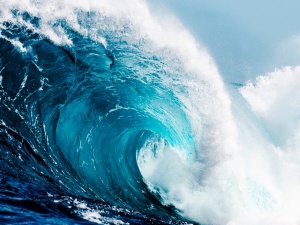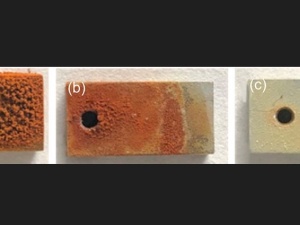Microstructural Evolution of Amorphous Self-healing Geopolymer Composites Containing Alumina and Glass Frit
Abstract
Geopolymer refers to a large group of nanoporous, nanoparticulate materials that are synthesized by dissolution and polycondensation of aluminosilicates in basic solutions and can be made from a variety of starting materials, such as industrial waste ash, volcanic rock, or calcined clay. Geopolymers are X-ray amorphous, corrosion resistant, refractory, and made at ambient temperature and pressure similar to cements. In this study, potassium metakaolin-based geopolymer (KGP) composites containing alumina platelets and glass frit were fabricated, and the impact of heating temperature, dwell time, and heating/cooling rate on the microstructure was studied. The composites, heat treated up to 900 °C for up to 20 h using heating/cooling rates of up to 1°C/min, showed that the addition of alumina platelets prevented major microcracking and was also able to reduce linear shrinkage. Glass frit has been shown to heal microcracks formed during KGP dehydration and crystallization. The resulting material had an open porosity of less than 1% and a uniform surface glaze of 250 μm thickness, while Oswald ripening of round closed pores occurred due to the migration of molten glass in the system.



